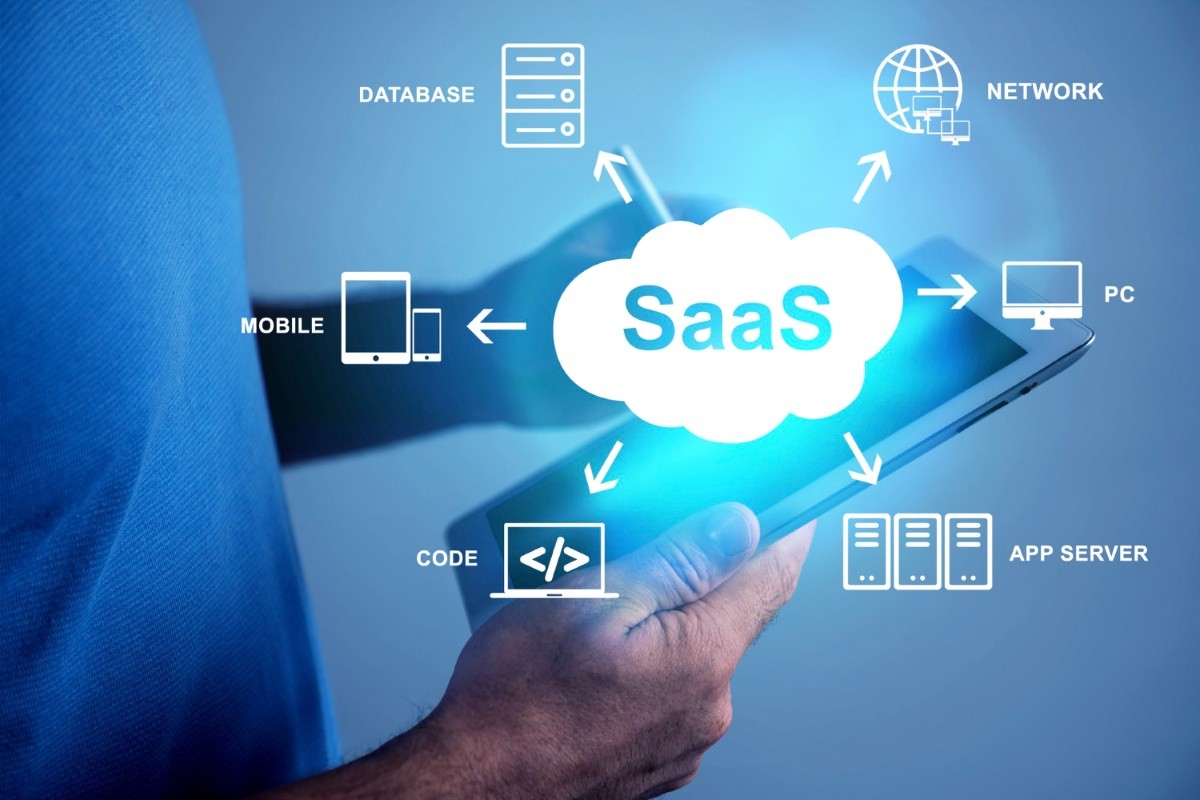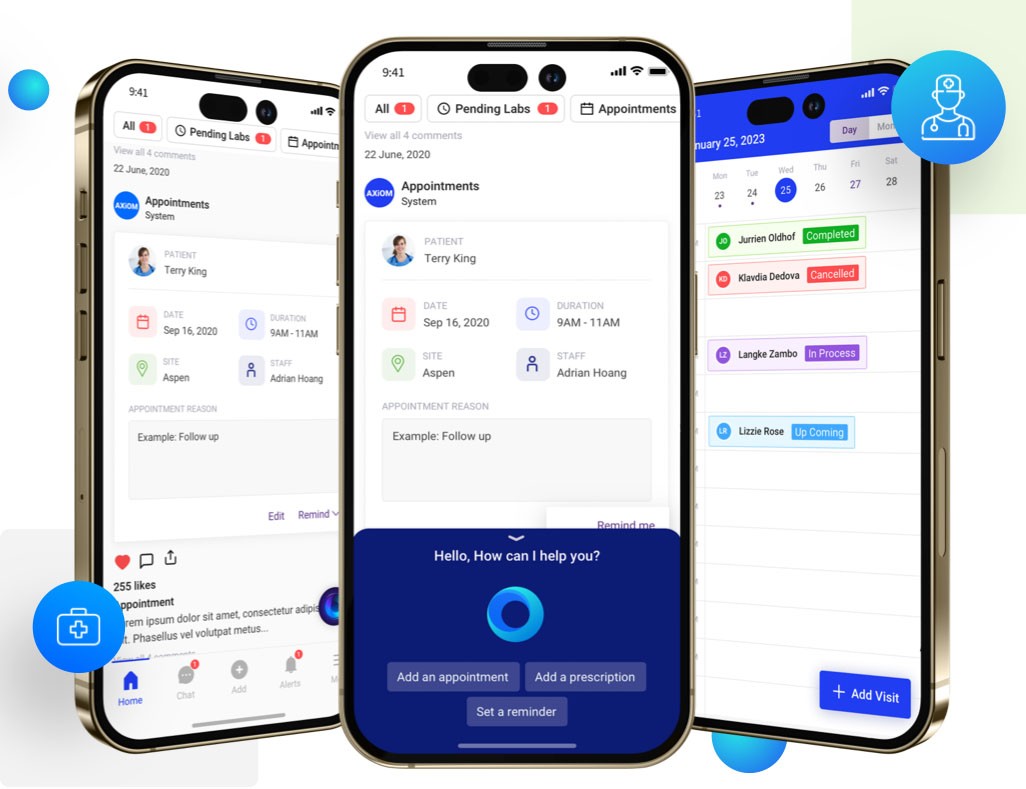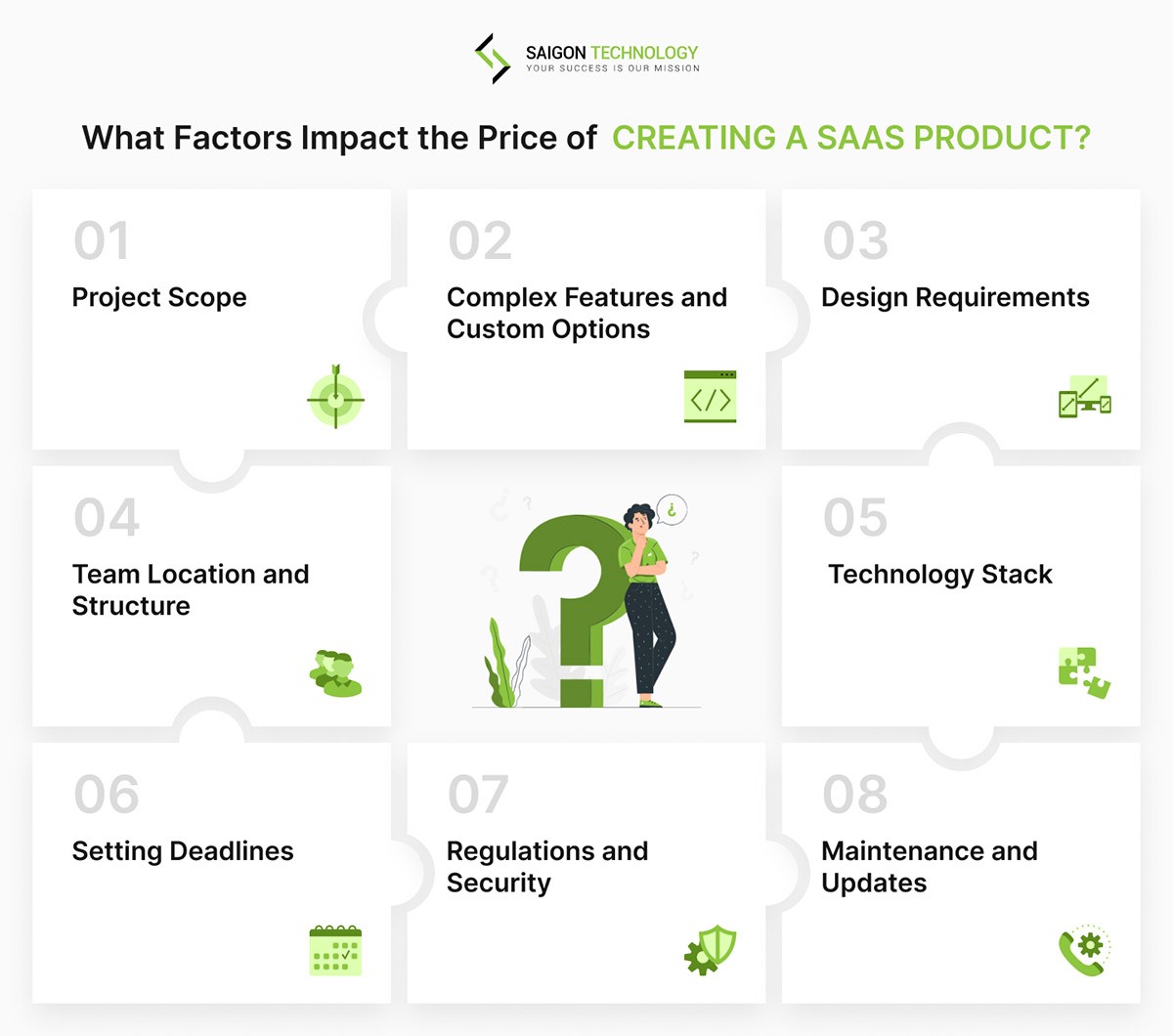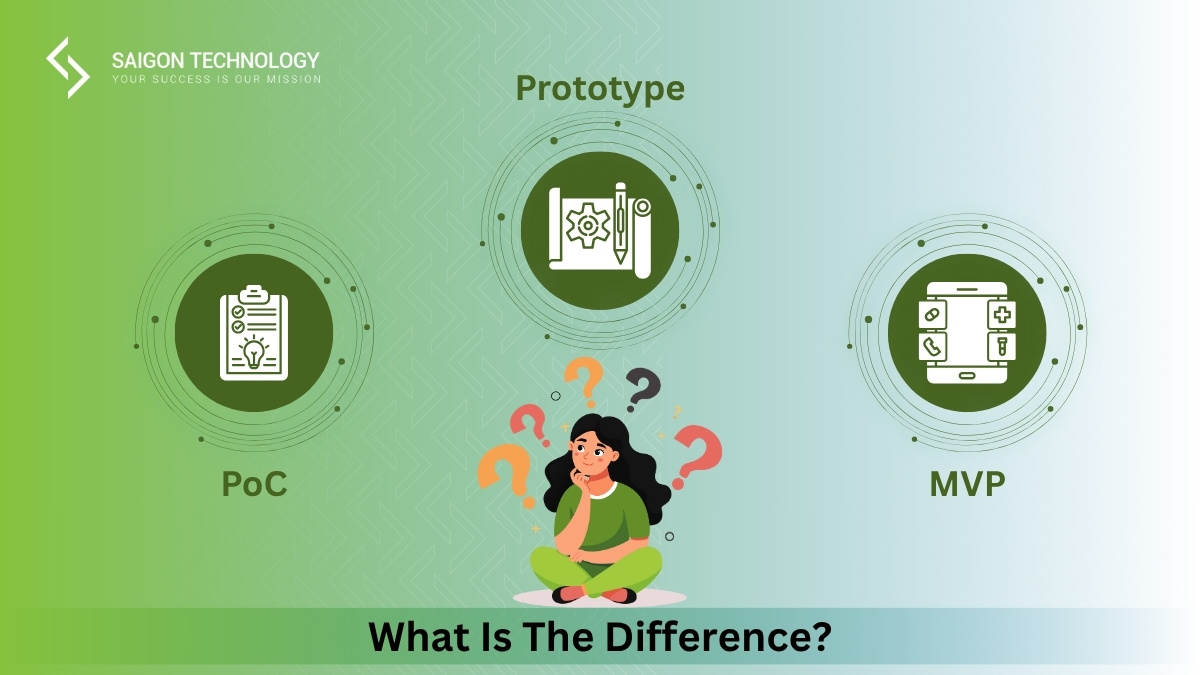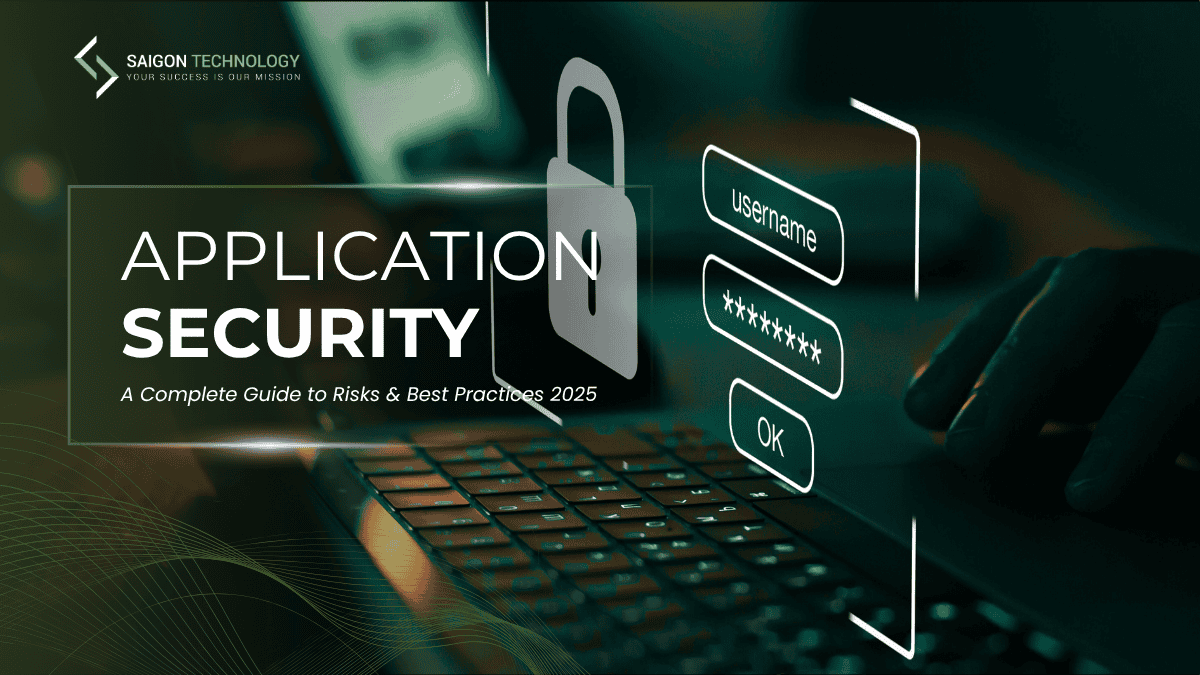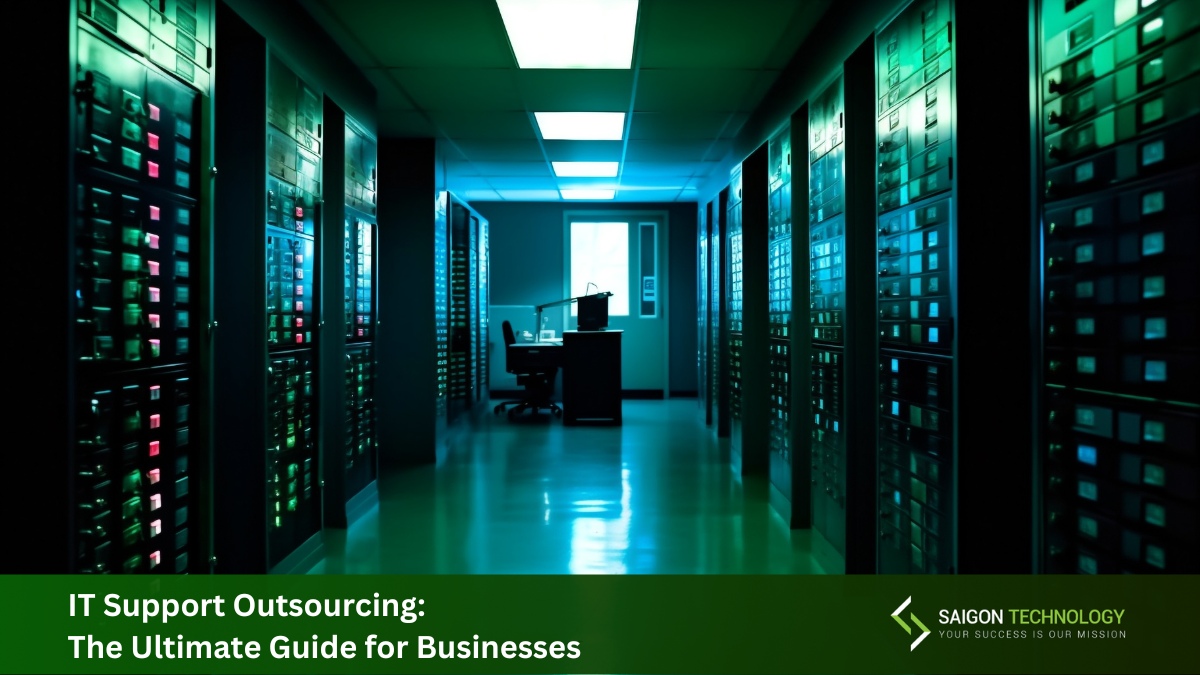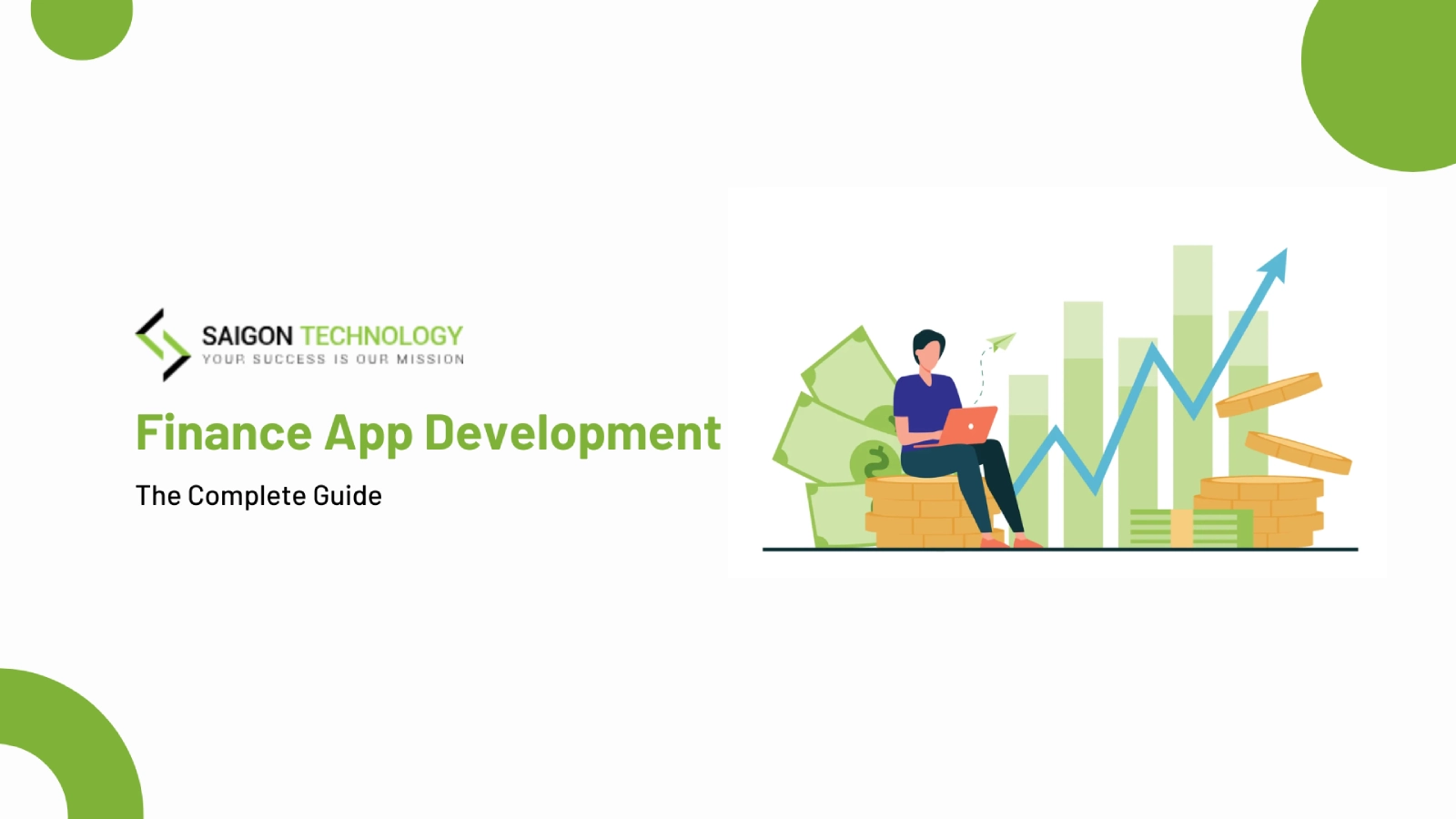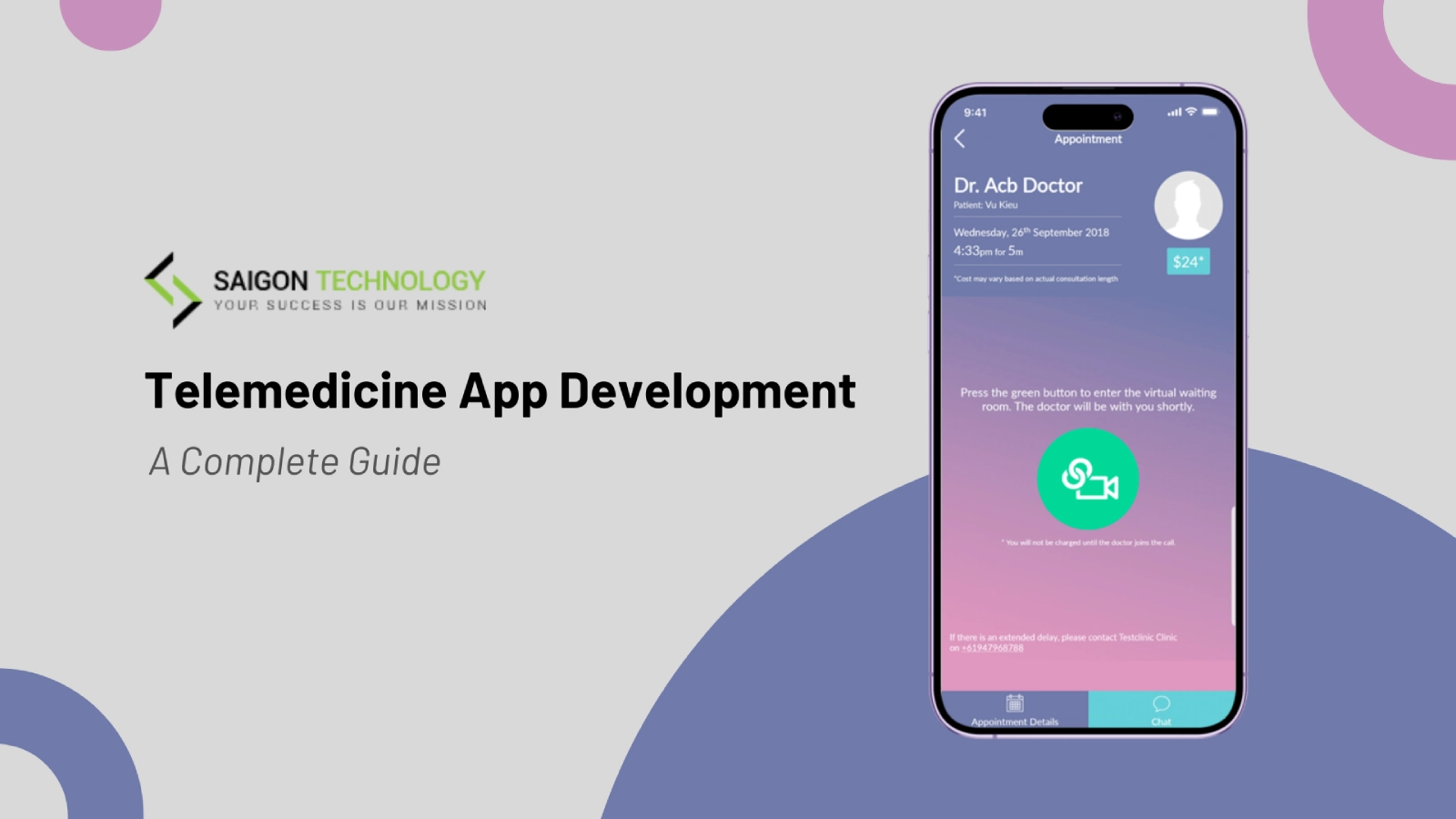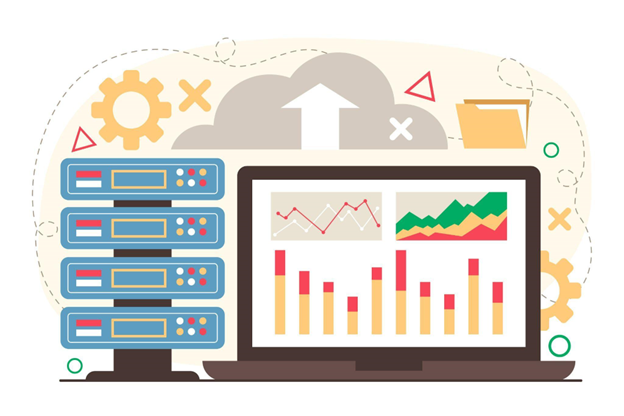The software world is changing fast. SaaS (software as a service) is taking over. These cloud apps are transforming how businesses work. Do you have a software development idea? Are you wondering about SaaS development costs? You need to know these before diving into development.
Understanding the costs is critical. It helps you plan your budget and turn your idea into a business. This guide has all you need.
We’ll cover what impacts SaaS costs in 2025. We’ll tackle hidden expenses. You’ll also get tips for managing app expenses. Get ready to conquer SaaS development with clarity on costs.
Emerging Trends Shaping the Future of the SaaS Market
The Software as a Service (SaaS) market is poised for substantial growth in the coming years. In 2024, the global SaaS market reached an estimated $247 billion, marking a significant growth compared to previous years. By 2025, the global SaaS market is expected to generate approximately $390.50 billion in revenue.
Looking ahead, the market is projected to grow steadily at an annual rate of 19.38% from 2025 to 2029, reaching approximately $793.10 billion by the end of 2029.
Several key trends are shaping the cost of SaaS development. One major factor is online security, which has become more critical than ever due to the increasing number of data breaches. Companies need strong security measures to protect sensitive information, which increases overall costs.
Another trend is the rise of low-code and no-code platforms. While these tools help reduce development expenses and speed up deployment, they have limitations. Complex applications still need expert developers, which increases SaaS development costs.
Businesses are shifting to usage-based pricing models for SaaS solutions. It ensures predictable revenue. Consider this when setting your pricing, as it influences your development costs.
Estimating the Cost of Developing a SaaS Application
Developing a SaaS application is a complex process that involves various stages. Each stage contributes to the overall cost. Estimating these costs requires an understanding of the different elements and resources involved. Below is a detailed breakdown:
1. Project Planning and Requirements Analysis:
Scope Definition: Define the project scope. Identify core features, target audience, and business objectives.
Market Research: Conduct thorough market research. This helps you understand user needs and preferences. They will influence the complexity and features of the application.
Requirement Gathering: Document detailed functional and non-functional requirements.
MVP or POC Development: Create a Minimum Viable Product (MVP) or Proof of Concept (POC). This validates your idea and gathers initial user feedback.
It’s time to estimate the cost of this phase. Multiply the total number of hours (40-120) by the hourly wage of a specialist. The estimated cost will range from $1,400 to $4,200+.
2. UI/UX Design:
Wireframing: Confirms the application’s fundamental structure and user flow. This uses basic wireframes, providing a clear visual guide for the development process.
Prototyping: Creates interactive prototypes. These allow for the picturing of the user experience. It drives early detection and correction of design issues.
Design Iterations: Involves multiple rounds of refinement to perfect the UI/UX design. It ensures the design aligns with user expectations and adheres to industry standards.
This stage takes between 120 and 250 hours. Prices range from $4,200 to $10,000 or more. This means more complex projects incur higher costs. This is due to the time and expertise required to create tailored and impactful designs.
3. MVP Launch (Upon Request)
Create a Minimum Viable Product (MVP) or Proof of Concept (POC). It requires 350 hours or more. The estimated cost ranges from $10,000 to $20,000+.
The purpose of using an MVP for SaaS is to reduce development costs. Also, it helps lower the time to market. It does so by prioritizing various core functions and deferring some non-essential features.
4. Development
Backend Development: This phase involves setting up servers and databases. We set up the core application logic as well. It includes building APIs and managing user approval. This ensures robust data security. Backend development can take up to 800 hours, with an estimated cost of up to $28,000.
Frontend Development: This stage focuses on creating the app’s user interface. It involves designing responsive layouts and ensuring intuitive navigation. This optimizes performance. Frontend development requires 400 to 600 hours, ranging from $14,000 to $21,000.
Integration: This step integrates essential third-party services. These can be payment gateways, email services, and analytics tools. They ensure seamless usage and enhance the application’s overall functions.
5. Quality Assurance and Testing:
Automated Testing: Implementing automated testing for continuous integration. This includes delivery (CI/CD) to ensure code quality.
Manual Testing: Conducting thorough manual testing. This identifies and fixes bugs, ensuring the application functions as intended.
Performance Testing: Stress testing the application to handle expected user loads. It optimizes performance.
The estimated cost for the QA and testing stage, including all phases, ranges from $4,800 to $19,000.
6. Deployment and Maintenance:
Deployment: Setting up the production environment. Then, deploying the application to live servers.
Monitoring: Continuous monitoring of the application for performance. It involves security and user issues.
Maintenance: Regular updates and maintenance to fix bugs and add new features. This ensures the product works with new technologies. A small team of developers and designers manages these ongoing services. There are quality assurance engineers as well. The monthly cost ranges from $9,800 to over $19,800.
7. Team Composition and Hourly Rates
Project Manager: Supervising the project. They ensure everyone adheres to timelines and budgets.
Developers: They include frontend and backend developers. These experts specialize in the chosen technology stack.
UI/UX Designers: Crafting an intuitive and appealing user interface.
QA Engineers: Ensuring the application is bug-free and performs well.
Hourly Rates: Depending on the region and expertise, hourly rates can vary. For instance:
- Asia: $30 – $50 per hour
- North America and Western Europe: $50 – $150 per hour
- Eastern Europe: $30 – $80 per hour
8. Miscellaneous Costs:
Licensing Fees: Costs for software licenses, tools, and services required during development.
Marketing and Launch: Budgeting for marketing efforts to promote the application upon launch.
Customer Support: Setting up a customer support system to handle queries and issues.
Total Cost Estimate
The total cost of developing a SaaS application varies based on the above factors. On average:
- Simple SaaS Applications: $20,000 – $80,000
- Medium Complexity SaaS Applications: $80,000 – $150,000
- Complex SaaS Applications: $150,000 – $300,000+
What Factors Impact the Price of Creating a SaaS Product?
Building a SaaS product can be thrilling. But pricing it well can be tricky. Many factors influence the cost of SaaS development. Understanding these factors helps estimate expenses better. It prevents surprises later.
1. Project Scope:
The scope of the project influences the cost of developing a SaaS product. It encompasses the size, complexity, and purpose of the application. A well-defined project scope provides clarity on what you need to build. It helps in accurate cost estimation.
Features and Functions: The more features and functions you include, the higher the development cost. Basic features like user approval, data storage, and user management are essential. But third-party integrations, advanced analytics, and real-time updates increase costs.
User Roles and Permissions: Different user roles and permissions are vital. But they add complexity to the development process. Each role may require specific interfaces and access levels. This increases the time and effort needed for development.
2. Complex Features and Custom Options
The complexity of features and custom options impacts SaaS development. These are key factors to consider:
- Advanced Functions: Complex features require specialized expertise and more development time. These features can be AI, machine learning, or advanced data analytics.
- Some core SaaS app features:
- User and data management
- Metrics and data overview
- Messing and sharing files
- Reporting and Analytics
- Third-party interaction
- Security measures and compliance
- Documentation and customer assistance
- Payments & licenses management
So, features are great, but balance is critical. Think about what each feature offers your users. Consider the added costs. You can always add more as your SaaS grows and your budget allows.
3. Design Requirements:
Design is crucial to the usability and success of a SaaS product. The cost related to design depends on complexity and aesthetics. It depends on user experience (UX) aspects.
- UI/UX Design: A user-friendly interface requires expert UI/UX designers. They can create intuitive and engaging user experiences. Investing in high-quality design means increased user satisfaction and retention. But it adds to the development cost.
- Responsive Design: The SaaS product must be responsive and work across various devices. This requires additional design and development efforts. It involves creating adaptable layouts and testing on multiple devices. They can increase costs.
- Branding and Custom Graphics: You need custom graphics, logos, and branding elements. These contribute to the uniqueness and professional appearance of the product. But these custom elements require graphic designers and additional resources. This leads to higher costs.
4. Team Location and Structure
Building a SaaS application is a big commitment. Picking the right dedicated development team is critical. Do you form an in-house team, hire freelancers, or outsource? The choice varies.
Team Location:
- Onshore development: Higher costs due to local wage standards. But it lets you talk better. You have cultural alignment as well.
- Offshore development: Opting for offshore delivery reduces costs. This is true for long-term and complex projects. This approach allows you to reduce expenses. You maintain focus on your core business activities as well. But it comes with challenges. These include time zone differences and potential cultural confusion. Learn more about our case study: Facilitation Tool
- Nearshore development: It balances between cost and convenience. It has moderate time zone differences and similar cultural backgrounds.
Team Structure:
- Project Manager (PM): Oversees the project. They ensure it stays on schedule and within budget.
- Back-end Developers: Build and maintain the server-side logic, databases, and APIs.
- Front-end Developers: Focus on the client side. They create an intuitive and responsive user interface.
- UX/UI Designers: Enhance user experience through research and design. This ensures the product is user-friendly and appealing.
- DevOps Engineers: Implement and manage the infrastructure. They automate deployments and ensure the system is reliable.
- QA Engineers: Conduct rigorous testing to identify and fix bugs. They ensure the product meets quality standards.
- Business Analysts: Gather and analyze requirements. This bridges the gap between stakeholders and the development team.
- Tech Lead: Provides technical guidance, ensuring best practices and high-quality code standards.
5. Technology Stack
Your tech stack is crucial. It’s a collection of programming languages, frameworks, and tools. Developers use it to build SaaS applications. Coding may seem standard, but tech stack choice affects costs.
- Some tech choices offer ready-made features like templates and plugins. These save time because developers don’t start from the beginning. But, these features might have licensing fees. You get speed, but at a price.
- Less popular tech might save on fees but lacks features. Developers spend more time on essential functions. This increases costs. Balance this by considering your needs and budget. Popular tech has more developers, lowering costs.
- Programming Languages and Frameworks: Choosing the appropriate technology stack (e.g., JavaScript, Python, Ruby on Rails) that suits the project requirements.
- Cloud Services: Utilizing cloud services (e.g., AWS, Google Cloud, Azure) for hosting, storage, and computing needs.
Niche tech requires rare skills and costs more. For complex functions, choose a stack with built-in features. This saves time and money in the long term. If your app is simple, a basic stack works. Think about growth. Will your app grow fast? Select a stack that scales. This avoids significant changes later.
6. Setting Deadlines:
The timeline for developing a SaaS product influences the cost. Tight deadlines increase expenses. This is due to the need for extra resources and potential overtime work.
- Speeding up development can be vital. It requires more developers or overtime pay. This increases labor costs. Rapid development may lead to trade-offs in quality and testing.
- Effective project management helps meet deadlines. Hiring experienced project managers adds to the cost. They oversee development and coordinate teams.
- Tight deadlines increase the risk of errors and bugs. This leads to potential rework and extra testing. Proper risk management can mitigate these risks. This includes buffer times and contingency plans. These may need additional budget allocation.
- Ensuring timely delivery from third parties impacts costs. This covers expedited services or priority handling.
7. Regulations and Security
Building a SaaS application is like building a skyscraper. You need a sleek, functional space for users. But a strong foundation keeps everything secure. Compliance is like the building code. It ensures your app meets industry-specific regulations.
For example, handling sensitive data in Europe requires GDPR compliance. In the US, you might need HIPAA for medical information. These rules control how you collect and store data. They protect user data. Ignoring them leads to hefty fines and loss of user trust.
Security acts as your alarm system and guard. It protects user data from issues like breaches. Include encryption, access controls, and frequent weak spot checks. A data breach causes PR disasters and legal trouble.
Skilled developers navigate compliance and pick cost-effective security options. A secure and compliant SaaS builds trust with users. It keeps you clear of legal issues.
8. Maintenance and Updates
Launching your unique SaaS product is just the beginning. People sign up and love what you offer. Every successful service needs regular check-ups and maintenance.
No software is perfect from the start. Regular maintenance fixes bugs and patches security gaps. This ensures a seamless user experience and secures customer data. Your SaaS needs a solid foundation. Server costs include renting cloud space.
You can choose to maintain your servers. Costs change based on traffic and storage needs. They depend on your cloud provider. The tech world and user demand change. Your product must evolve. Regular updates bring new features and improve old ones. These updates add user value and require effort and money.
As more users join, your SaaS needs to grow. Make sure your setup handles more traffic and data. Plan maintenance well to avoid expensive future changes. This planning helps you scale without sudden costs.
Hidden Expenses in SaaS Development
We’ve tackled the significant expenses, but there are sneaky ones. Let’s uncover these hidden costs in SaaS development. Be prepared and budget-wise. From project management to data security, we’ll guide you.
1. Unexpected Delays and Overruns
You’ve got a brilliant idea to change how businesses work. You can’t wait to show it to the world. Unexpected delays and cost overruns can mess up even the best plans for SaaS development.
In SaaS development, detours are feature creep. You might misjudge how complex a function is. A significant security flaw might need fixing. Integrating with another service might be complex. These issues can delay your project and make it more expensive.
Many delays come from poor initial planning. Before writing any code, define what your SaaS product must do. Talk to possible users and get feedback. Know which features are most important.
Start with a Minimum Viable Product (MVP). Show it to users early and get their thoughts. Fix issues and focus on what users want.
2. Technical Debt
It happens when you make quick fixes in coding. Or when you skip detailed code documentation. These shortcuts seem to save time at first. But they will cause issues later. Technical debt causes SaaS development costs to go up later.
Skipping tests during development might feel like a shortcut. But it just hides bugs. These bugs appear when you least expect them. Fixing them in a rush costs more than if you had tested them well from the start.
Imagine that your SaaS platform isn’t for a lot of users. You chose a simple database that can’t handle a user surge. When your product becomes popular, you’ll need a major update. This overhaul is expensive and takes a lot of time.
3. Costs of Scaling
See your SaaS product launch as a rocket. It gains users faster than you can blink. This is great. But it brings a big challenge: how do you scale? Can your new SaaS handle a sudden surge in traffic and data?
This is the key: preparing a SaaS for growth means extra costs beyond just making it.
Build apps that scale with you. This means picking cloud infrastructure that expands with you. You might pick cloud servers that adjust resources based on how many users you have.
A SaaS that slows down when many users login will lose customers. To avoid this, you need to make your app run well. This might mean storing data so you can reach it on time.
Or it could mean using CDNs that spread your content across many servers. This ensures that users everywhere get fast loading times.
4. Marketing and Sales
Let’s dive into spreading the word about your fantastic SaaS product. You’ve invested a lot. Yet, the journey isn’t over. Marketing and sales are next. They help you craft a powerful message and boost your brand’s visibility. Through them, you show why your product is a must-have.
This is a reality check: marketing and sales need funds. It might be tempting to delay these expenses. But that’s risky. A great product that no one knows about won’t succeed. That’s a sure way to see your funds dwindle. Your hopes will fade as well.
You need a sales team. They help seal deals and turn leads into customers. This involves hiring sales staff and setting up commissions. Then, provide the necessary training and tools.
Why Choose Saigon Technology?
Picking the right tech partner for your SaaS platform is vital. Saigon Technology leads in SaaS development. We balance cost and quality well. Our focus is on understanding your needs. Then, we tailor budget-friendly solutions.
Saigon Technology uses agile methodologies. This means improving the process all the time. It aligns each step with your goals.
Our team helps build a sustainable model. Saigon Technology gives precise cost estimates. We have transparent processes with no surprises. For top-notch SaaS, choose Saigon Technology. Contact us today!
Final Thoughts
This is a quick guide to SaaS development costs. Like buying a new car, the price varies based on many factors. Thoughtful planning and a realistic budget are vital. It helps you guide your project to success.
Understanding the factors that affect SaaS costs helps you make intelligent choices. You’ll avoid unexpected expenses as well. A well-planned SaaS has the right features. It can be a vital source of revenue.
But don’t rush the development without understanding the costs. It can lead to expensive mistakes and delays. Consulting experienced SaaS developers is essential. This helps you navigate these complexities.

